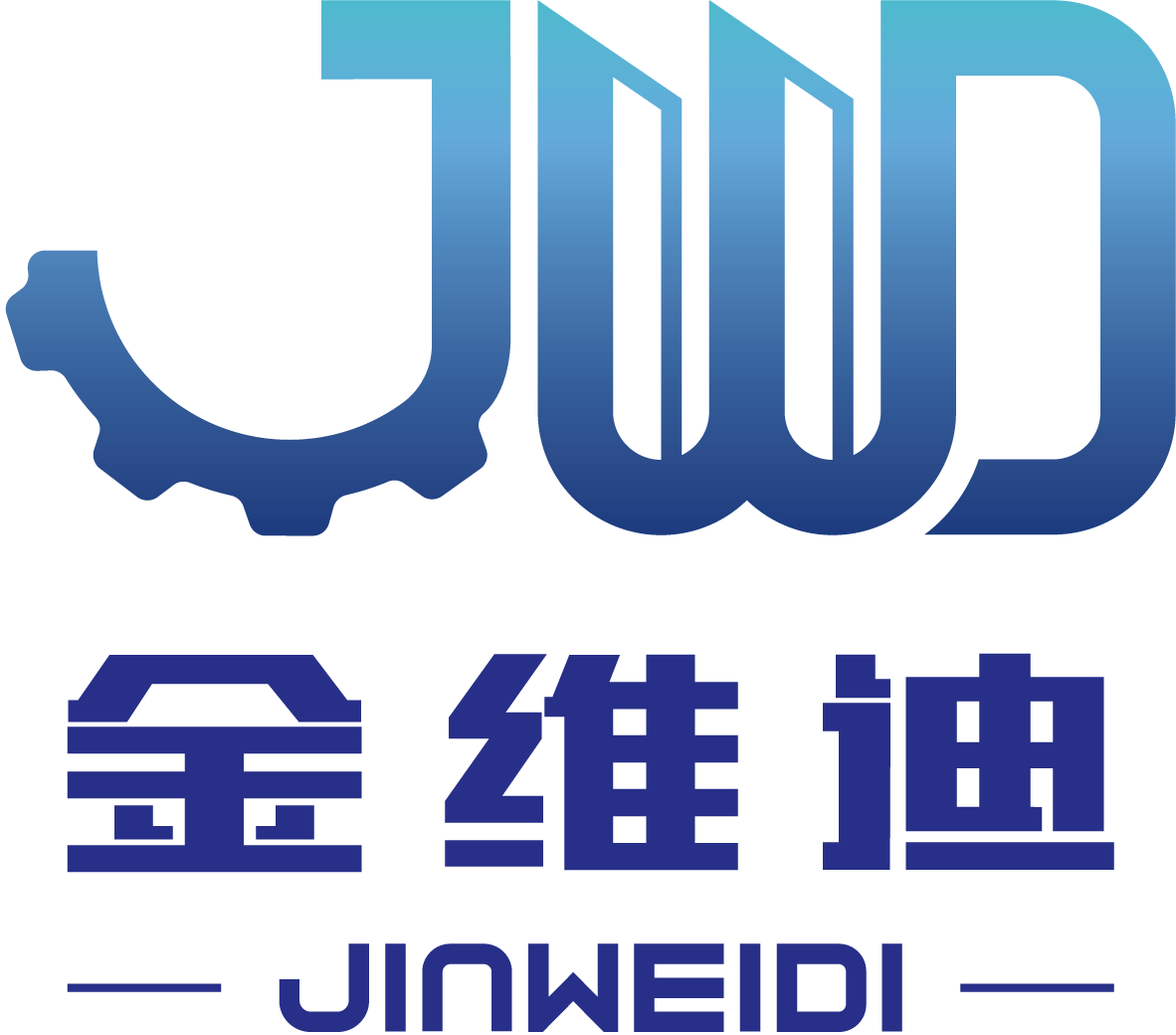The Essential Guide to Pneumatic Peeling Machines in the Manufacturing Industry
In the realm of manufacturing and processing machinery, pneumatic peeling machines have emerged as invaluable assets, especially within the engineering and construction sectors. These machines utilize compressed air to effectively strip away surface layers from materials, a process that is crucial for ensuring the integrity and quality of various products. This article delves into the functionalit
Aug 01,2025
In the realm of manufacturing and processing machinery, pneumatic peeling machines have emerged as invaluable assets, especially within the engineering and construction sectors. These machines utilize compressed air to effectively strip away surface layers from materials, a process that is crucial for ensuring the integrity and quality of various products. This article delves into the functionalities, benefits, and applications of pneumatic peeling machines, shedding light on their role in enhancing operational efficiency.
At their core, pneumatic peeling machines operate by generating a high-speed airflow that propels a peeling tool against the surface of the material. This method is particularly effective for removing scales, rust, paint, and other contaminants that may compromise the quality of steel and prestressed materials used in construction. By employing precise and controlled pressure, these machines ensure that the peeling process is both efficient and minimally invasive, preserving the underlying material's structural integrity.
One of the primary advantages of using pneumatic peeling machines is their ability to significantly reduce processing times. Traditional peeling methods can be labor-intensive and time-consuming, but with the automation provided by pneumatic systems, manufacturers can achieve consistent results in a fraction of the time. This not only boosts productivity but also allows for faster project completion, a critical factor in the competitive world of construction and engineering.
Moreover, pneumatic peeling machines are designed with safety and ergonomics in mind. They often feature user-friendly controls, reducing the risk of operator fatigue and injury. This is particularly important in environments where workers are exposed to harsh conditions, as it allows for a safer and more comfortable working atmosphere. The use of compressed air also mitigates the risk of electrical hazards, making these machines suitable for a wide range of applications.
In addition to their efficiency and safety features, pneumatic peeling machines are adaptable to various materials and surface finishes. Whether it’s steel, aluminum, or other materials, these machines can be calibrated to meet specific project requirements, ensuring versatility in manufacturing processes. This adaptability makes them an essential tool for manufacturers looking to optimize their operations.
To sum up, pneumatic peeling machines play a critical role in the manufacturing and processing industry, especially within the realms of engineering and construction. Their ability to efficiently strip away unwanted materials while preserving the underlying substance makes them indispensable in ensuring high-quality outcomes. As industries continue to evolve, the importance of such advanced machinery will only grow, paving the way for innovation and improved operational standards in steel and prestressing applications.
At their core, pneumatic peeling machines operate by generating a high-speed airflow that propels a peeling tool against the surface of the material. This method is particularly effective for removing scales, rust, paint, and other contaminants that may compromise the quality of steel and prestressed materials used in construction. By employing precise and controlled pressure, these machines ensure that the peeling process is both efficient and minimally invasive, preserving the underlying material's structural integrity.
One of the primary advantages of using pneumatic peeling machines is their ability to significantly reduce processing times. Traditional peeling methods can be labor-intensive and time-consuming, but with the automation provided by pneumatic systems, manufacturers can achieve consistent results in a fraction of the time. This not only boosts productivity but also allows for faster project completion, a critical factor in the competitive world of construction and engineering.
Moreover, pneumatic peeling machines are designed with safety and ergonomics in mind. They often feature user-friendly controls, reducing the risk of operator fatigue and injury. This is particularly important in environments where workers are exposed to harsh conditions, as it allows for a safer and more comfortable working atmosphere. The use of compressed air also mitigates the risk of electrical hazards, making these machines suitable for a wide range of applications.
In addition to their efficiency and safety features, pneumatic peeling machines are adaptable to various materials and surface finishes. Whether it’s steel, aluminum, or other materials, these machines can be calibrated to meet specific project requirements, ensuring versatility in manufacturing processes. This adaptability makes them an essential tool for manufacturers looking to optimize their operations.
To sum up, pneumatic peeling machines play a critical role in the manufacturing and processing industry, especially within the realms of engineering and construction. Their ability to efficiently strip away unwanted materials while preserving the underlying substance makes them indispensable in ensuring high-quality outcomes. As industries continue to evolve, the importance of such advanced machinery will only grow, paving the way for innovation and improved operational standards in steel and prestressing applications.
PREVIOUS:
Related Posts
Contact Us
E-mail:
jwd_machinery@sina.com
Phone/WhatsApp:
+86 18515871688
Address:
North side of 7th Road, Taocheng North Industrial Park, Hengshui City, Hebei Province, China




